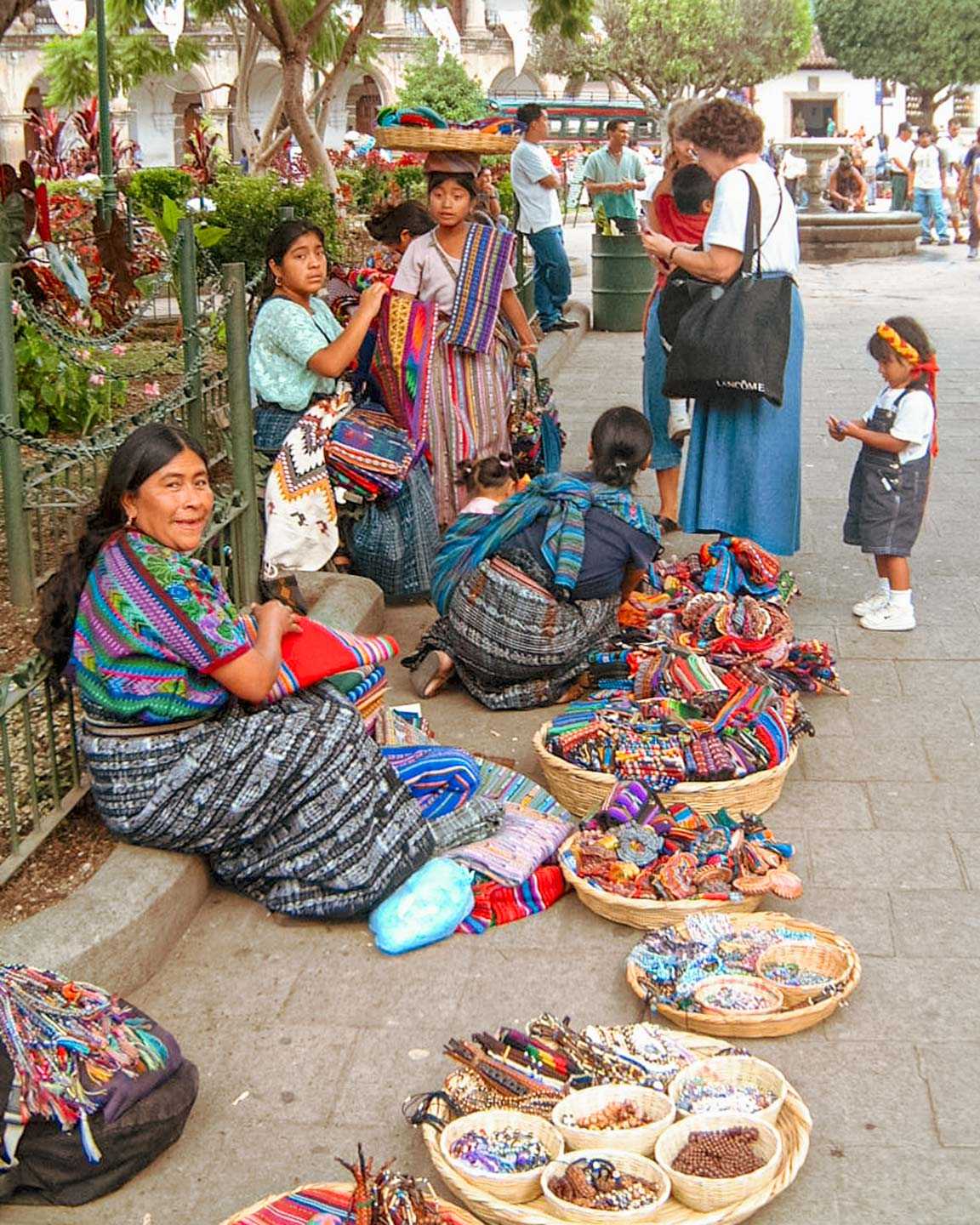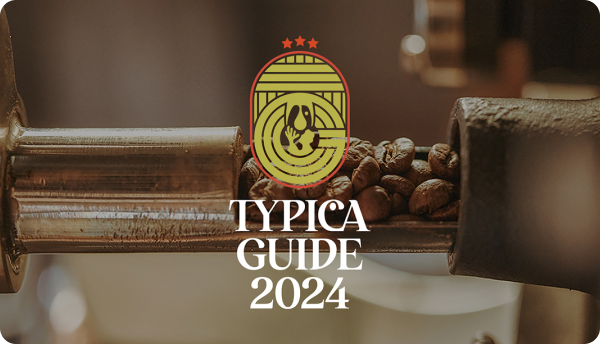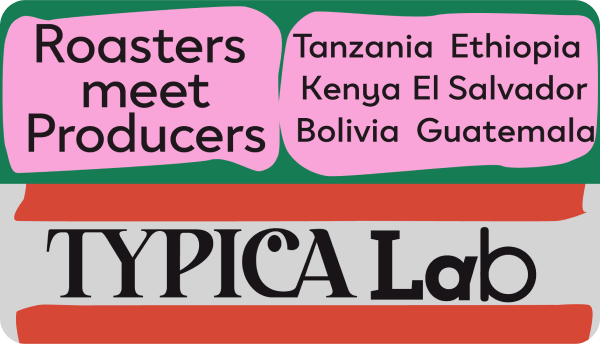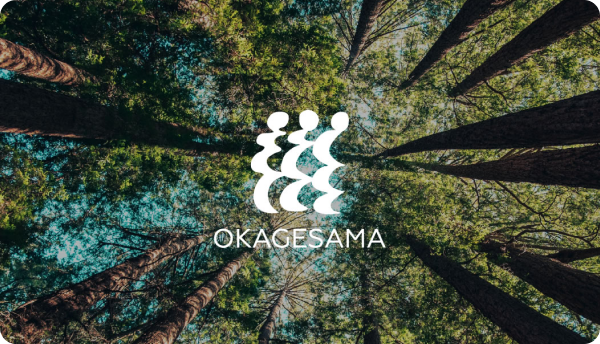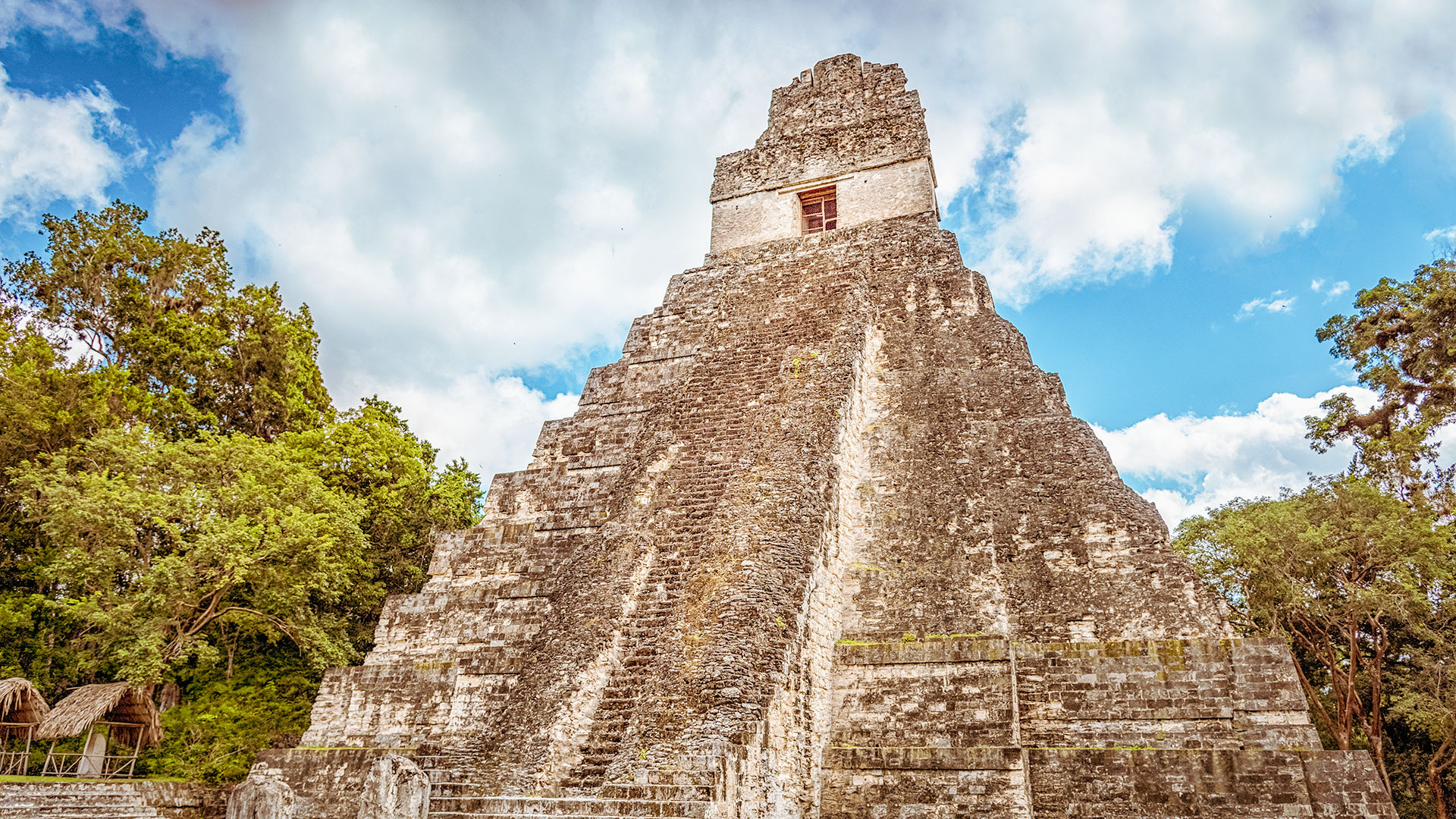
Journal
#2
The indomitable spirit of the oppressed indigenous peoples of Guatemala
Guatemala. A country of towering volcanoes and dense jungle and home to the tallest mountain in Central America at 4,000 meters above sea level. Hidden in the depths of the jungle are pyramids built by the ancient Maya, carved with hieroglyphs and complex calendars. The ancestors of this great civilization are thought to be an indigenous tribe. Guatemala has the largest proportionate population of indigenous peoples in Latin America. These were the people enslaved by Spanish colonials and forced to work on coffee plantations. Coffee from Guatemala with its rich flavor and distinct acidity is popular in Japan. The cruel history of oppression that leaves a bitter aftertaste, however, is less well known.
In the most beautiful place in the world
Water as far as the eye can see: A vast caldera lake. The mirror surface reflects three majestic volcanoes, each more than 3,000 meters high. A boat rocks gently tied to its jetty mooring. A picture perfect scene, breathtaking to behold.
This is Lake Atitlán. 1,560 meters above sea level and 150 kilometers west of the capital, Guatemala City. Named the most beautiful lake in the world, it is easy to lose yourself in its stunning natural beauty. The air is clean and crisp, and a fresh cool breeze blows off the water. Nothing short of paradise.
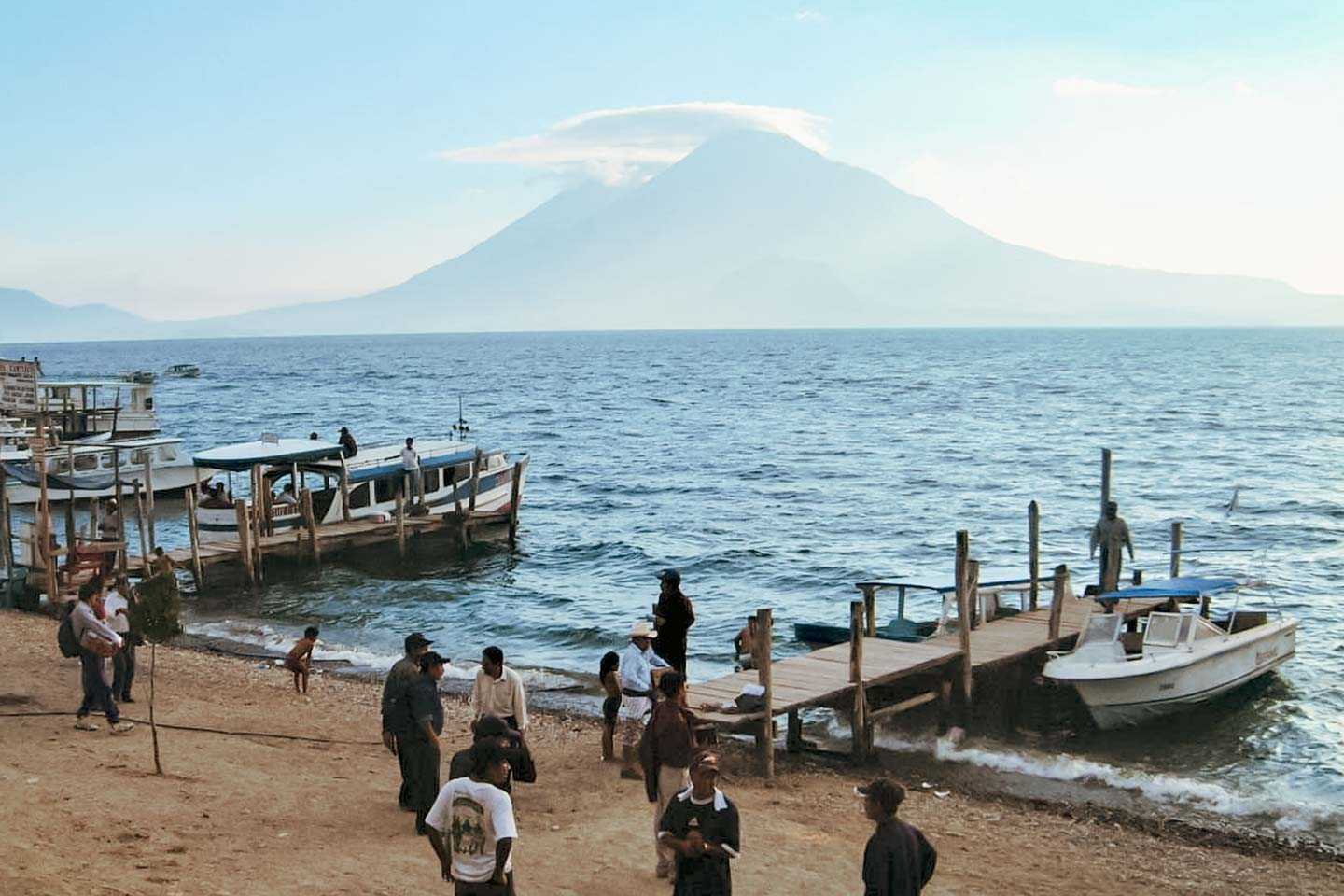
The people too are a wonder to behold, bringing splashes of vibrant color as they walk along the shores. Many are women, wearing finely embroidered turquoise jackets, navy-and-white striped skirts, and white blouses decorated with red and yellow flowers and birds. The blouse is known as a huipil, a traditional garment of the Maya, made from a single piece of cloth sewn down the sides with a hole in the center to be pulled over the head. It is worn with a tube- shaped skirt called a corte, which can be adjusted by wrapping the fabric tightly around the hips.
Maya are not the only ethnic group in Guatemala. There are 22 ethnic groups in Guatemala. 23 including those of mixed European and indigenous descent. Each group has their own language – if they do not speak Spanish, they cannot communicate with each other. They each have their own traditional costume too. Not only ethnic groups, but each village. In Guatemala, you can usually tell which ethnic group and village someone belongs to, just from looking at what they are wearing.

Tented stalls selling souvenirs line the street. One picture caught my eye. A canvas painting, about 40 cm wide, capturing the landscape before us. In the picture, coffee trees heavy with green and red coffee cherries border the lake and volcanoes, and among them stand four cherry pickers. The women wear white huipiles and striped cortes, the men wear red or green shirts and knee-length white striped pants. Around their waist, tied with string, hangs a basket for cherries. On the floor lies a hemp bag bursting with picked cherries.
The shop also sells coffee. Some in regular packaging, and some in drawstring bags made from hand-woven fabric. Attached to the strings are five dolls dressed in indigenous costume. Though not expensive, when I looked inside, the beans were all of different sizes and unlikely to produce a tasty cup of coffee.
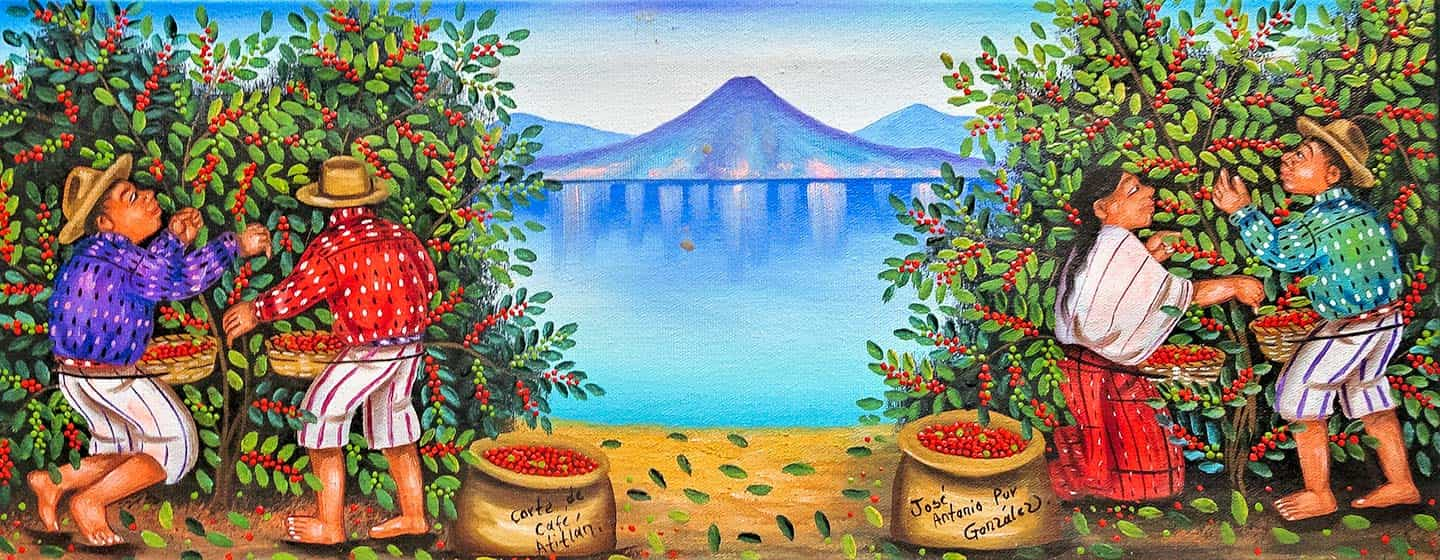
The lost land of the indigenous peoples
30 minutes’ drive from here is the city of Antigua. A designated UNESCO world heritage site, the paved streets are lined with grand houses in the colonial style. During Spanish rule, this was the capital of the Captaincy-General.
The city is full of language schools teaching Spanish, with students from all over the world, including Japan. “I’ve never had anything that tasted as good as the instant coffee from Japan,” a head teacher of one of the schools told me. They have never tasted the coffee grown on their own land.
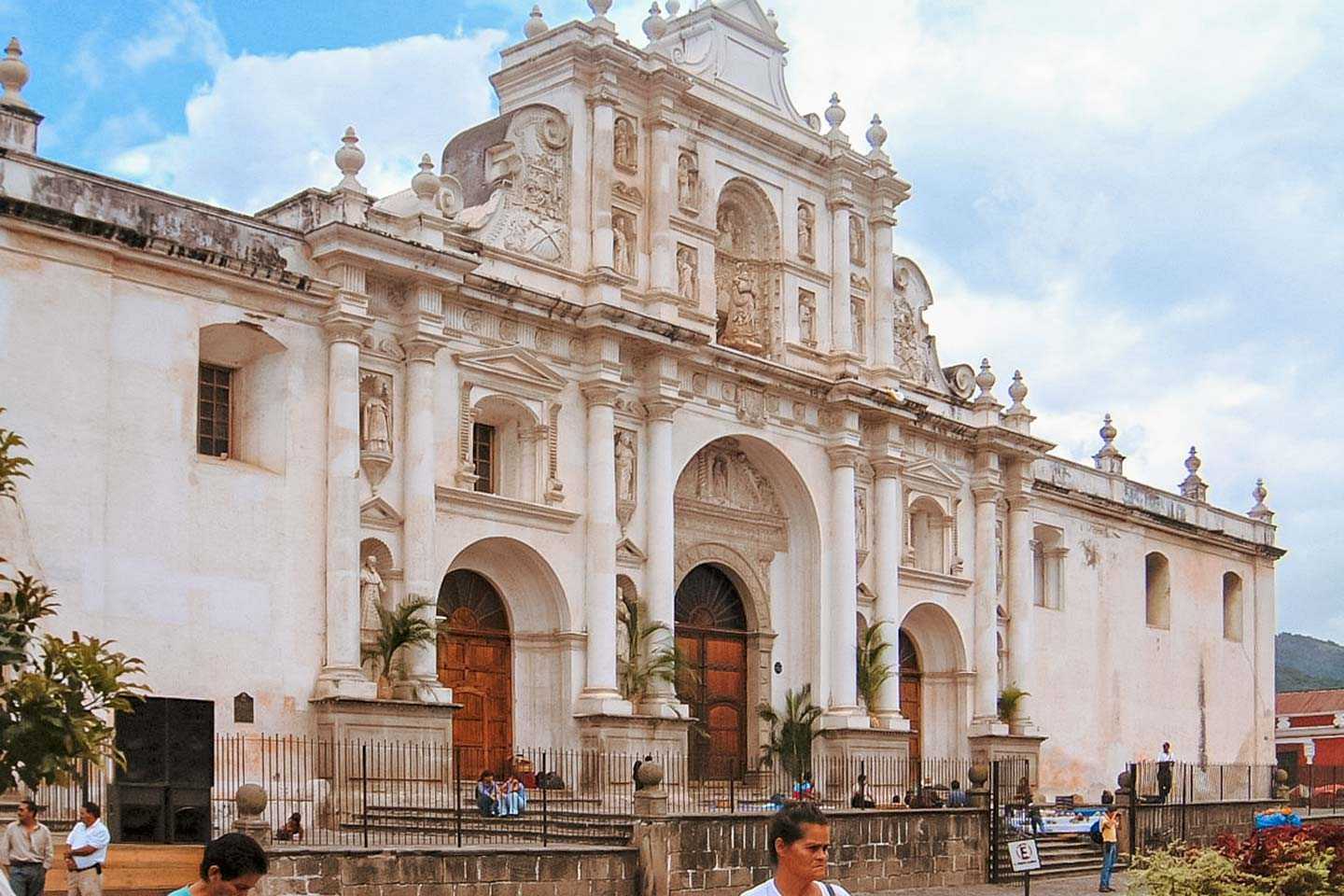
Antigua and Atitlán are part of Boca Costa, a region full of coffee plantations. The north is bordered by a mountain range with 33 volcanoes, each more than 2,000 to 3,000 meters high. The volcanic hillsides make the ideal environment for growing coffee.
Many of the coffee farms in this area are large-scale plantations. Endless lines of coffee trees, protected from the sun by shade trees, stretch out to the horizon. In the expansive gardens of the spacious processing facilities, beans are spread out to dry in the sun. Unlike Costa Rica, where smallholdings are the norm, large plantations are more common in Guatemala. The reason for this lies in the country’s history.
During the colonial period, the Spanish conquistadors used brute force to control the indigenous peoples, using them as slave labor to harvest indigo and other natural dyes which were shipped back to Spain. However, when the industrial revolution in the UK led to the development of chemical dyes, the need for natural dyes diminished. The colonizers turned instead to coffee, which had already proven profitable in Costa Rica.
President Barrios, whose dictatorship ruled Guatemala for 15 years from 1871, confiscated the agricultural land of the indigenous people and turned it into coffee plantations. The land had been used to grow corn, their main food source, and without it, they had no choice but to find work on the coffee plantations. The indigenous people were also forced to work on the railroad used to transport coffee for export. Their wages were barely enough to live on. In 1934, a law was passed that compelled indigenous people to work a set amount of days a year on a coffee farm. In essence, it was the legalization of slavery by the government and plantation owners.
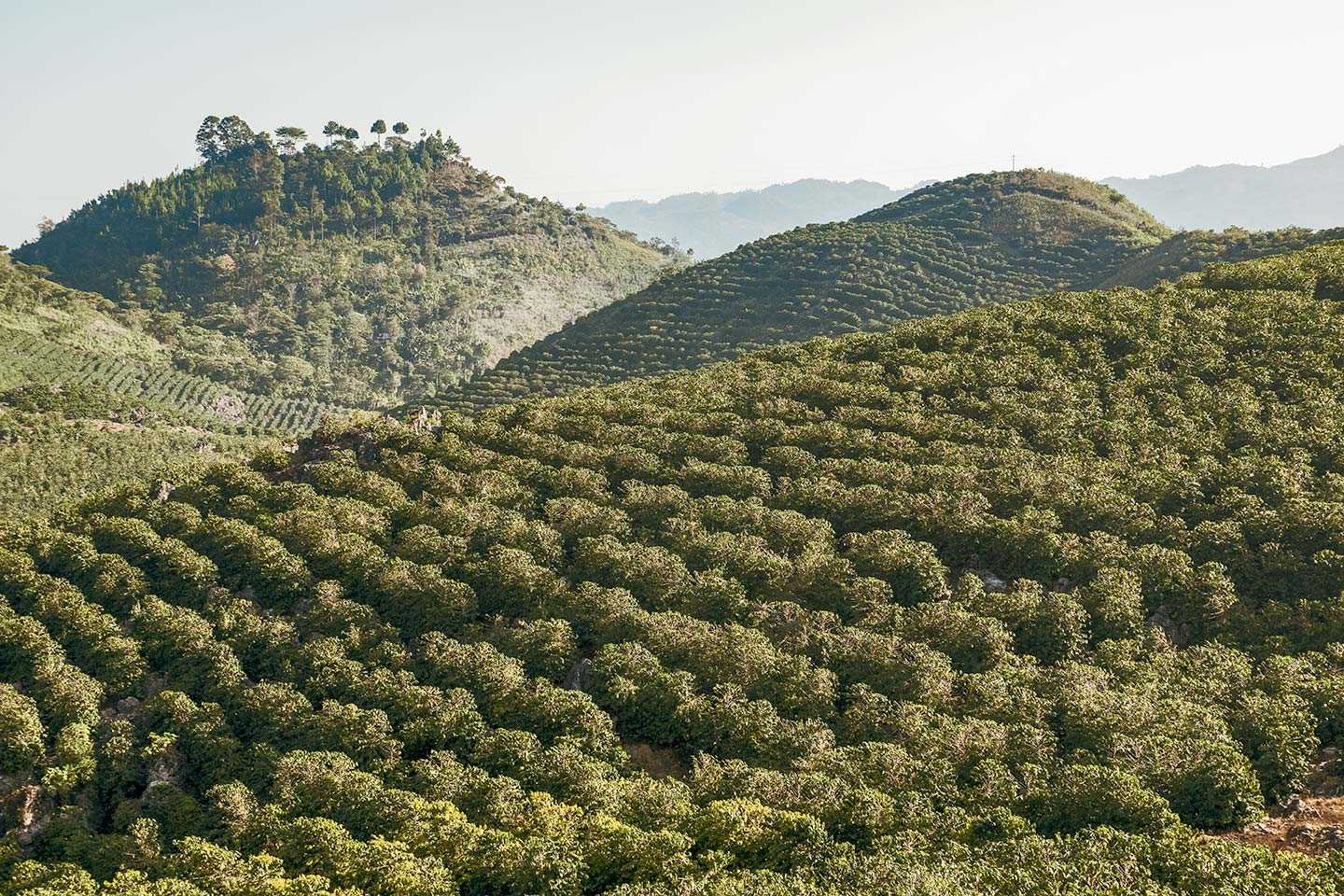


Utter disregard for human rights
For a time, democracy reigned and agricultural reform included plans to return land to the indigenous people. However, the US intervention led to a military dictatorship, and the dreams of the indigenous people were destroyed. Farmers took up arms in rebellion against the dictatorship, and from 1960 the country was plunged into civil war. Indigenous people who refused to surrender were massacred. The book, “I, Rigoberta Menchú” by Nobel Peace Prize laureate Rigoberta Menchú of the K’iche’, is a testimonial biography depicting the reality of this period.
Rigoberta was forced to work as a cherry picker from the age of eight. Every day she would pick 15 kilograms, hard labor for a small child. Her wage was little more than 50 cents. If she damaged a branch when picking, it would be deducted from her wage. “The overseer kept their eagle eyes on our fingers, making sure we didn’t hurt a single leaf on a single tree,” says Rigoberta. If she got sick she had to suffer in silence, and she never got to drink any of the coffee she picked. “We were treated worse than dogs.”
Her father was executed by the military as a rebel. Her mother was brutally tortured then left in the jungle. Her many wounds sprouted maggots and she died in agony. The soldiers refused to let families bury their dead, instead leaving them to be ripped apart by wild dogs and vultures like carrion. Rigoberta’s older brother was killed by pesticide poisoning. Her younger brother was crucified and burned to death, killed as a threat to others, to warn what would happen if they refused to cooperate.
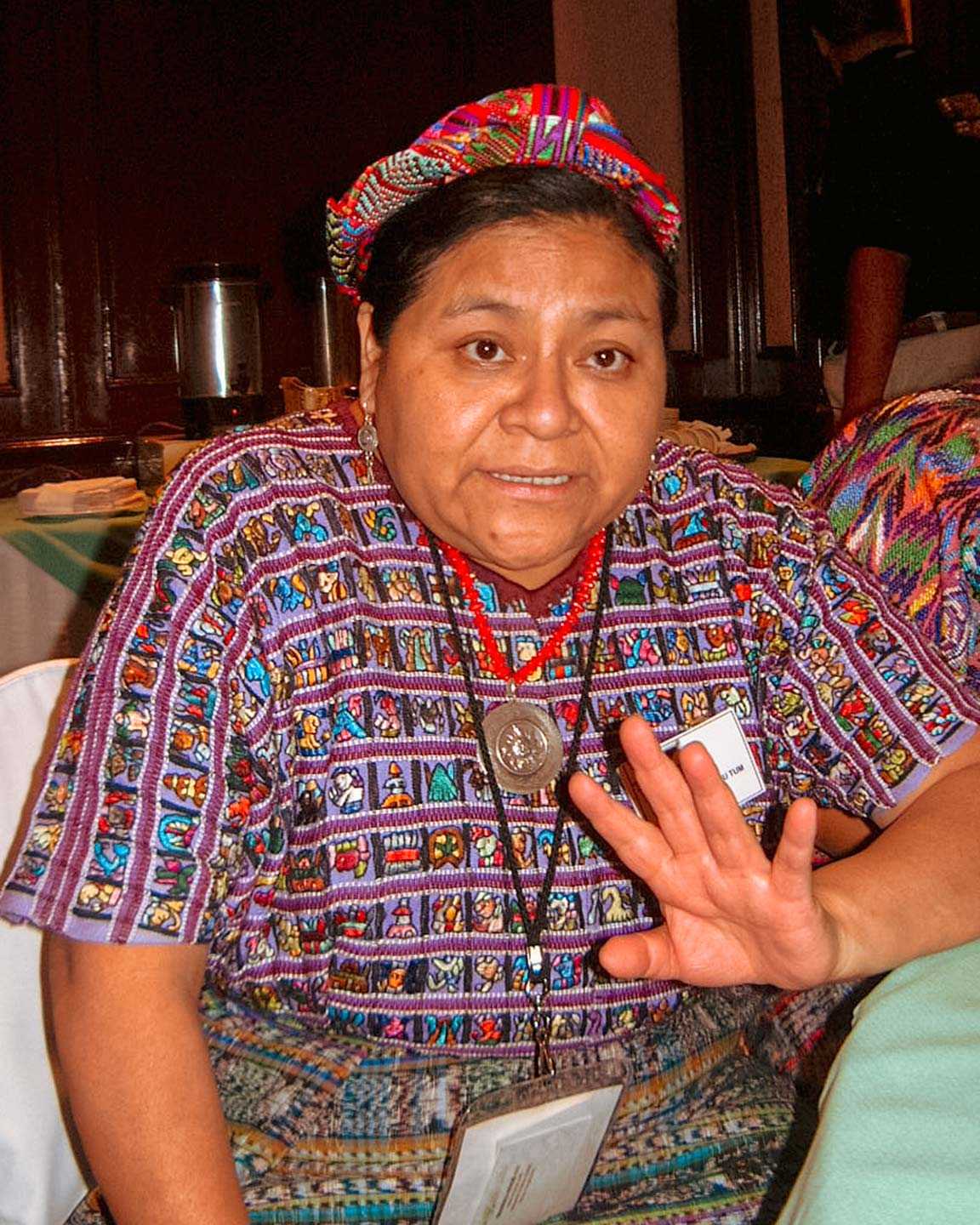
Despite these injustices, nobody in the country spoke out against them. Rigoberta decided to learn Spanish to tell the world about their plight. Denied an education, she had never been taught the official language of her own country. She became a human rights activist and told the world about the atrocities of the military regime. In 1992, she was awarded the Nobel Peace Prize. I was fortunate enough to hear her talk, where she began, “The very existence of the military is a blight on humanity.”
It was under these conditions that indigenous people were forced to produce coffee for large-scale plantations. During this era, Japan was importing coffee from Guatemala. There was much interest in the coffee, but little interest in the country itself: Drinking coffee is not the same as thinking about where the coffee comes from. Which is why it made it so hard for people outside of Guatemala to understand what was going on. Not just in Japan, but everywhere. Coffee drinkers around the world remained oblivious to the suffering of the indigenous people, ignorant of the bitter truth behind their regular cup of Joe.
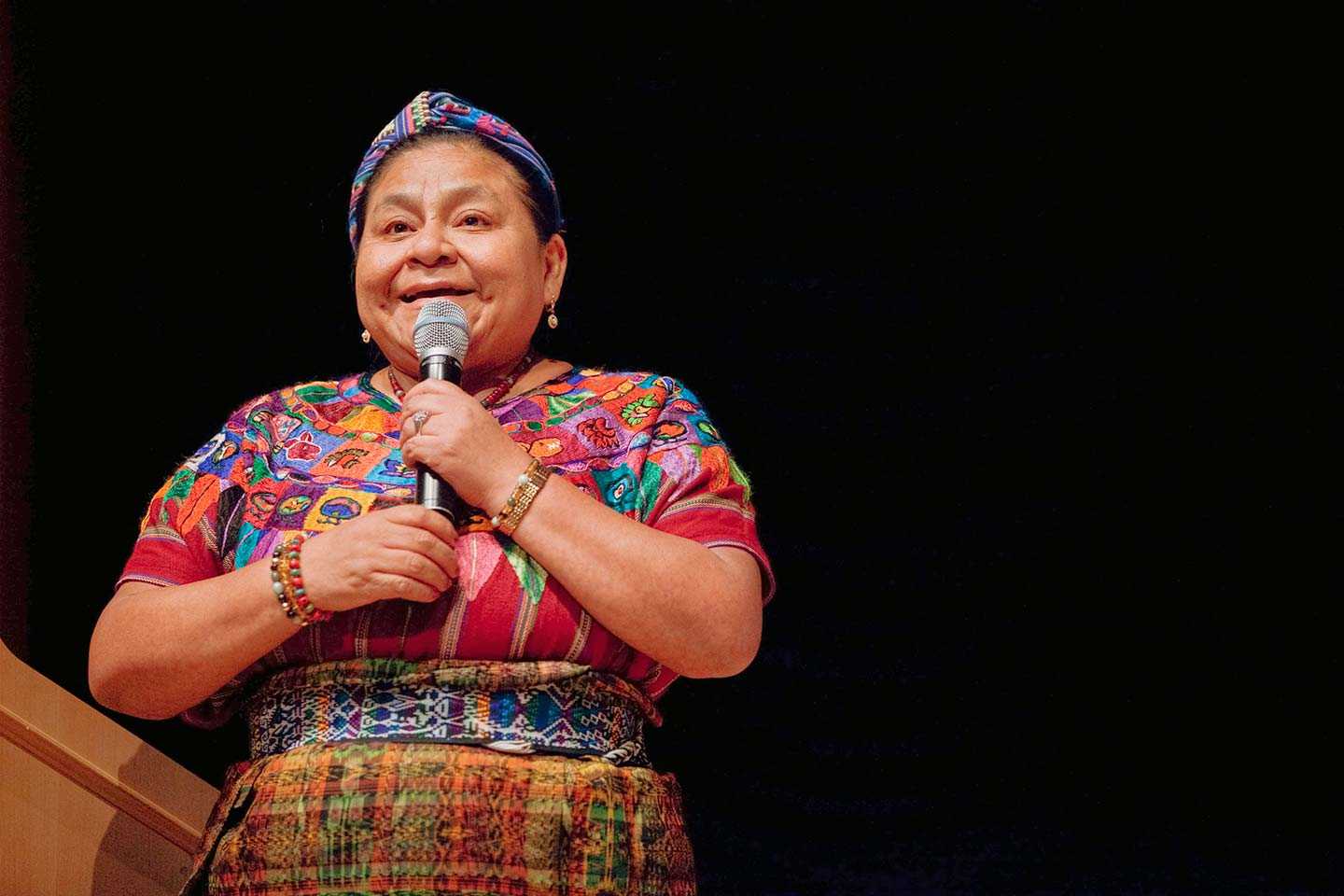
After the civil war
The civil war finally ended in 1996. More than 200,000 people had died or gone missing during the 36 years the war lasted, the majority of whom were indigenous people. Not only were they oppressed by the military, but they were slaughtered by mixed-race inhabitants hired by the military as vigilantes. When I visited Guatemala in 2002, 20,000 indigenous people from all over the country marched on the capital in protest to demand a law that recognized their identity and culture. Shortly before that, a former guerrilla leader and indigenous representative who had been elected mayor in post-peace elections was assassinated.
The conflict continues today. I spoke to someone from a women’s association that represents 13,000 bereaved families who lost a husband or family member during the civil war. “We may have peace, but human rights activists continue to be assassinated, and those responsible for the massacres are still in power. I continue my work but l live in fear,” she told me. A Japanese woman working with the local people told me , “People are filled with hate and fear, because the victims and perpetrators are living alongside one another.” Still, things are beginning to change. Those responsible for the massacres are now being brought to trial. In 2013, the former president of the military dictatorship was found guilty of genocide and given an 80-year prison sentence. Though slow, progress is being made.
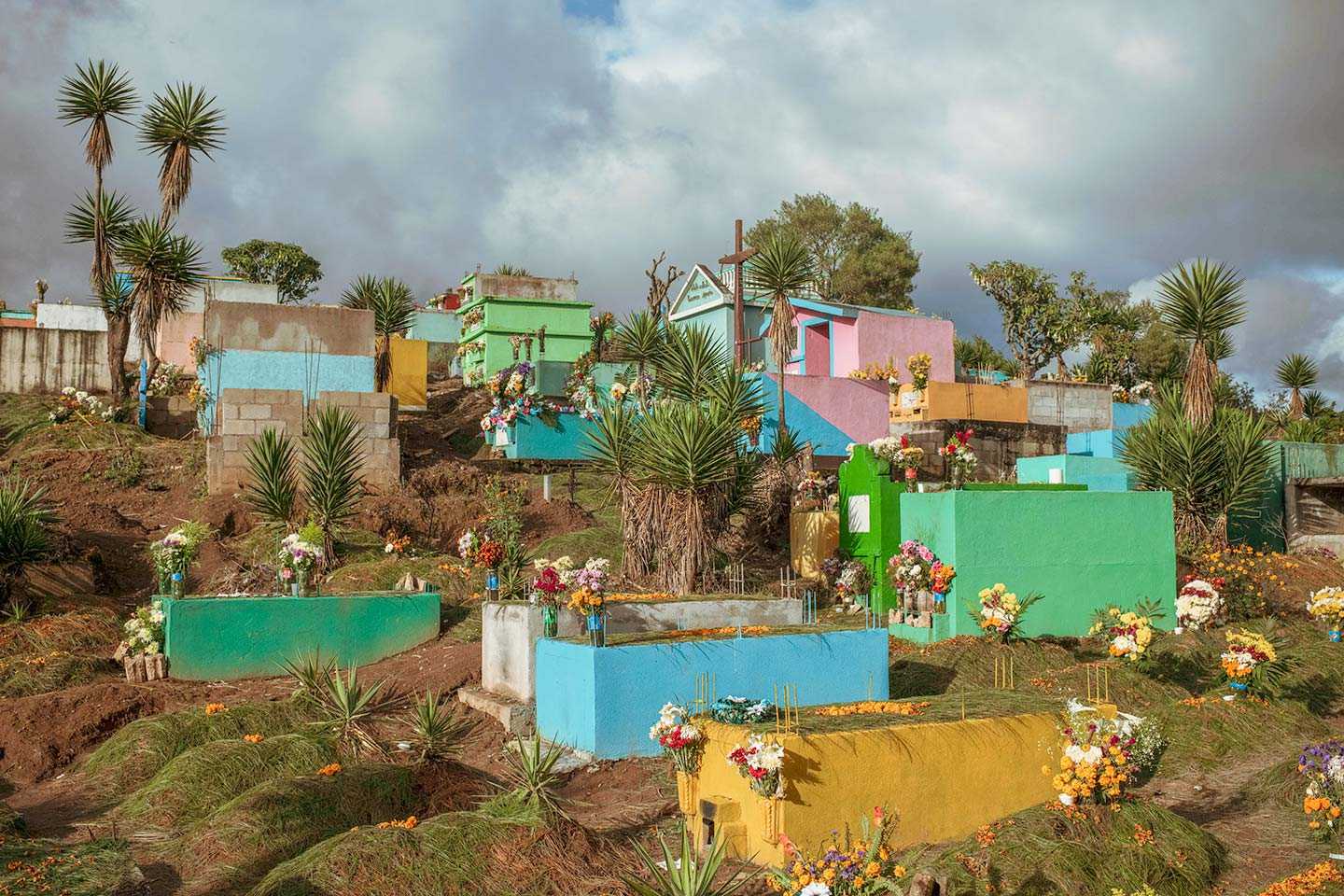
The coffee industry is also changing. In 1991, the coffee price crisis impressed on many the importance of developing high-quality brands rather than high volumes. Coffee produced in Atitlán is among some of the best rated coffee in the world. In the region around Lake Atitlán, smallholders work the land producing top-quality coffee. However, many workers are still paid by the day, and child labor is yet to be abolished. And since the 2002 coffee crisis, many farms have switched from coffee to more profitable crops.
Japan accounts for 14% of Guatemala’s coffee exports, second only to the US. Only the highest grade coffee is chosen for Japan, because there have always been enthusiasts for Guatemalan coffee. And so, perhaps it is time we in Japan became more conscious of the path this coffee has taken to get to our cups.
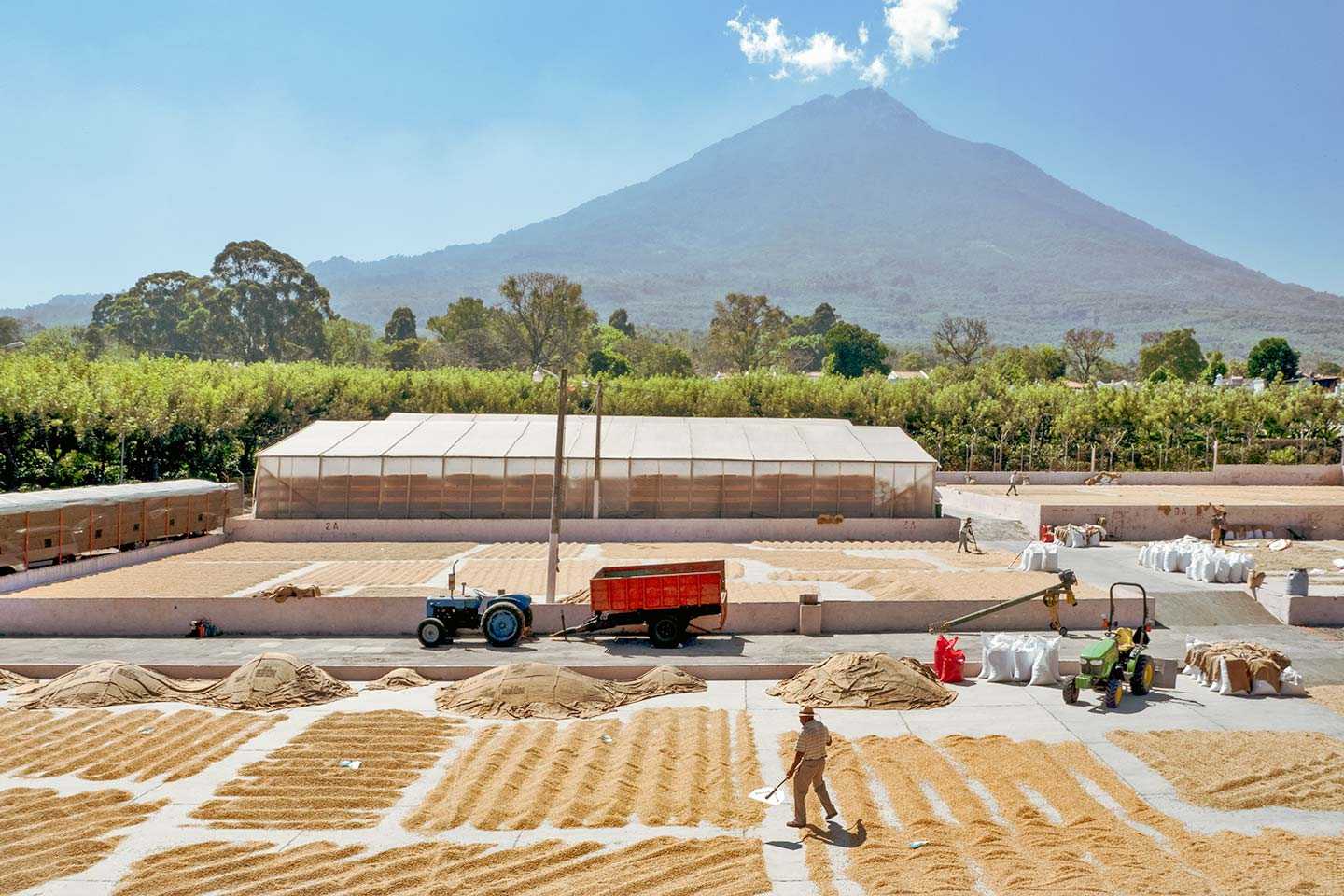
The pride of the indigenous peoples
I wanted to see indigenous people in their own environment, outside of the city, and decided to visit Chichicastenango. Home to the K’iche’ people, the same ethnic group as Rigoberta Menchú, Chichicastenango is a town one and a half hour’s drive from Atitlán, through the back country to a mountain ridge 1,965 meters above sea level. While the effects of tourism are evident, the traditional way of life of the K’iche’ people is still preserved, and the historic Chichicastenango market draws tens of thousands of people from neighboring villages to the town twice a week.
My visit coincided with the annual fiesta. The white church that has stood in the center of the town since it was built in 1540 was packed full of locals. In the town square, dancers wearing gold-armor costumes and feather headdresses, their faces hidden by masks resembling the Spanish conquistador they represented, danced to the chants of the shaman.
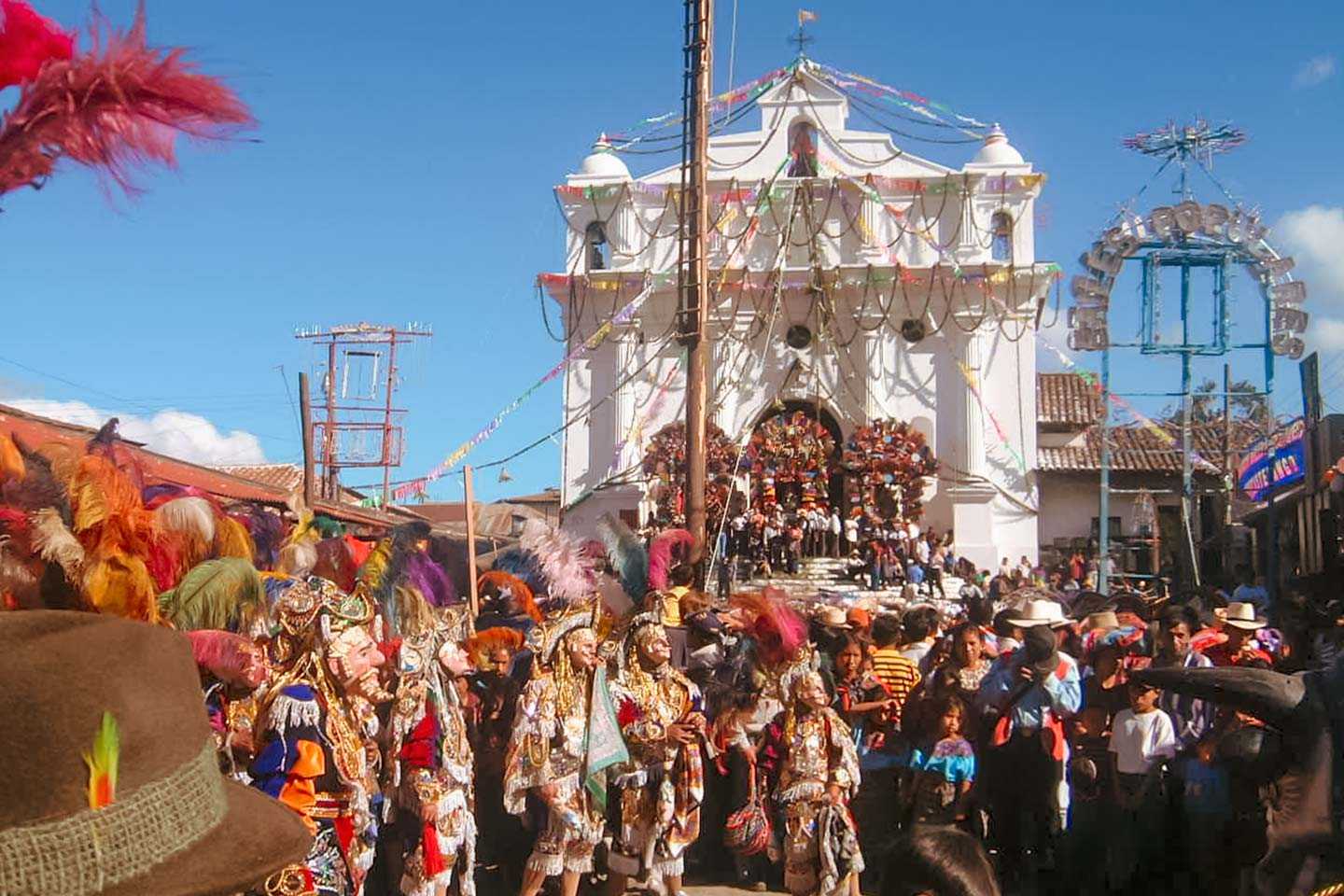
A short walk from the square, I came across two young girls, no more than 13 or 14, dressed in traditional costume and selling woven goods. The goods, they told me, were made by their mother on the loom at home. It was their job to sell them. They bloomed with the innocence of youth, and could have been any girl from any country. My only hope is that the indigenous people achieve economic independence, and that when these young girls become adults, they will be able to drink the coffee grown right here.
Back at the capital, in front of the modern skyscrapers, a woman in traditional costume had set up stall and was selling corn. I imagined that living in the city, she would have swapped out her traditional clothes for something more modern. “But I wouldn’t be me without it,” she said smiling. “It is my badge of honor and I wear it with pride.”
No matter how much they are trampled down, the indigenous peoples of Guatemala get right back up to stand with dignity and hold up their culture and identity with pride. The coffee of Guatemala, distinctly acidic and richly bold, seems imbued with the indomitable spirit of these people who have survived a history of oppression and come out stronger than ever.
A good, strong cup of Guatemala is more than enough to open up your eyes.
